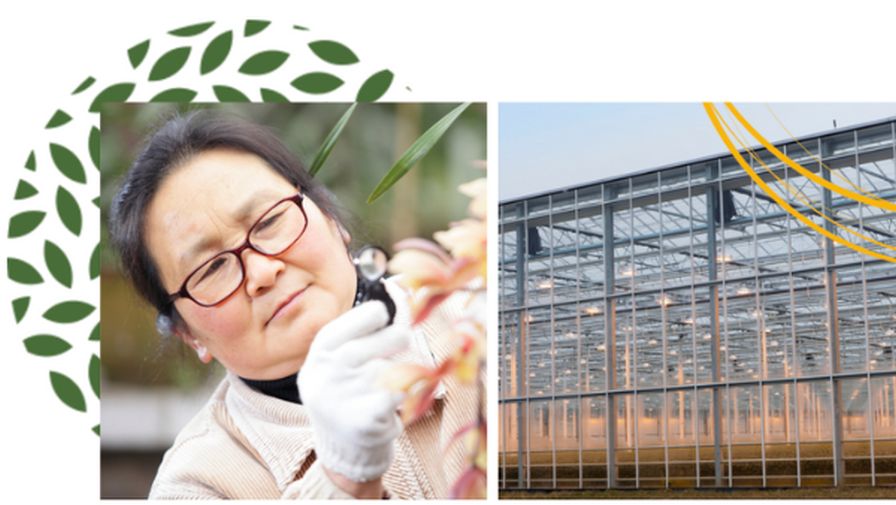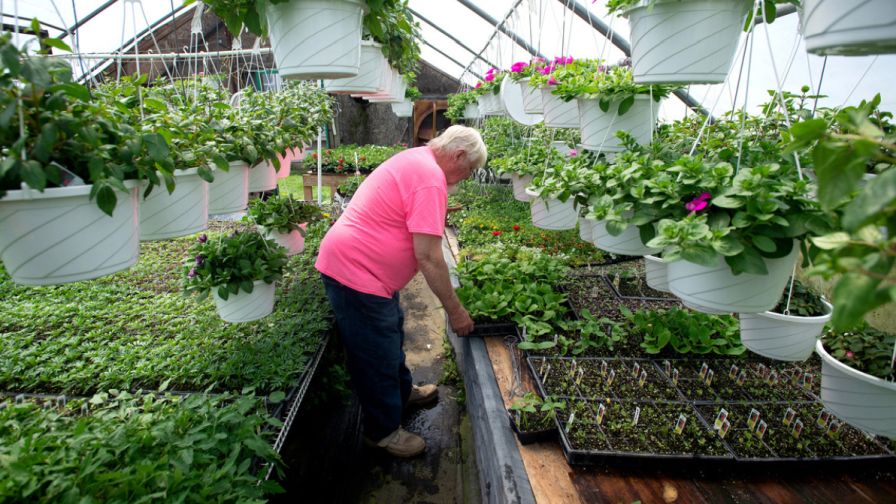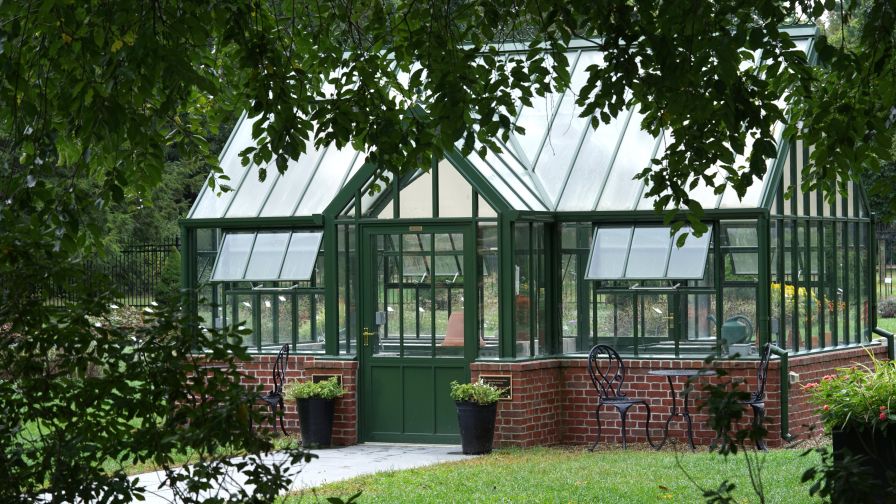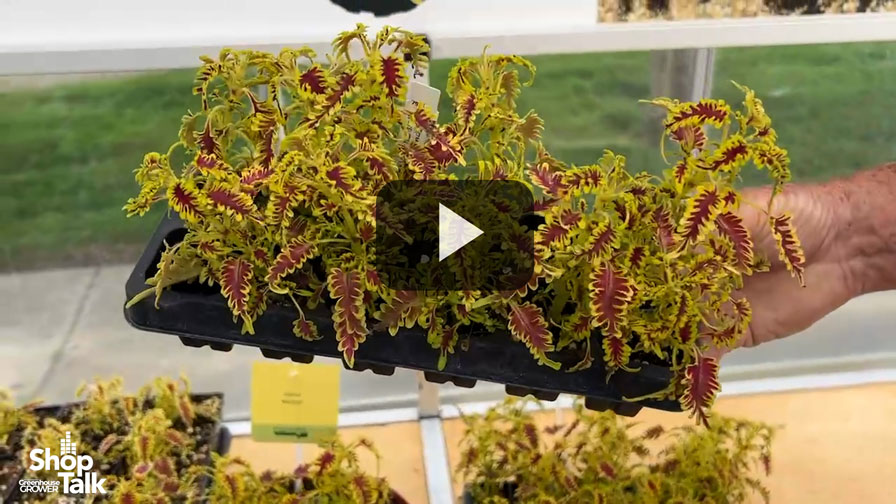Investing in the Horticulture Industry Starts in the Classroom
While attending Greenhouse Grower’s annual GROW Summit meeting last November, the team challenged the group to think of what we could personally do to get more young people interested in a career in horticulture. I was reminded of this challenge recently when a friend told me about her relative who travels from school to school setting up mandatory, yearly testing. This person met with the administration, established exam dates, and helped conduct the exams.
Many schools have Future Farmers of America programs or horticulture programs, but many more do not, so how do we spread the word?
Work With the Schools
If the horticulture industry had a school spokesperson that traveled from school to school, working with the administration for the opportunity to educate students about horticulture, perhaps we could interest more students in pursuing a career path in the green industry. Even if the students weren’t interested in making horticulture a career, they might become gardeners whose passion would support our industry by buying our products. Either case would be a win.
Candidates for the spokesperson could include a young adult that had just graduated and was full of enthusiasm. Or, we could have someone with first-hand knowledge and passion that could share exciting stories of their experiences. They could be paid a salary to focus on education in the schools.
Two different approaches could take place in the schools. The horticulture spokesperson could set up a career-day table or they could give an assembly. A formal presentation could include highlighting various segments of our industry such as managing a growing operation, being the Director of an arboretum, or being a horticulturalist for Amazon, to name a few.
As mentioned above, many schools do not have a greenhouse or horticulture program at the high school level. If students went out and talked to local land owners, perhaps they could get a plot of land donated to them for crop production. The students could then sell these crops as a fundraiser to earn money to invest in a greenhouse for future generations.
Horticultural distributors often will work with schools to buy product at wholesale prices, or they will sometimes donate discontinued containers or damaged bags of soil. Once the funds are raised to build the greenhouse, the students could work with these types of distributors to buy their greenhouse structure at a discounted rate. Subsequent classes could then raise funds to invest in benching, fans, irrigation systems, etc. after the initial structure is built. Once the growing facility was established, the fundraiser money could then be used to fund student visits to arboretums, Top 100 Growers, Disney’s Hort Program, etc. Students could be graded on their participation in these fund-raising events.
Another way to work with the schools would be to create a summer internship program. The intern program could include working at a greenhouse or nursery, a landscape company, a lawncare operation, or any operation tied to our industry. Teachers could require participating students to give a presentation about their internship to their classmates at the beginning of the school year.
Continual education is important. We as leaders need to invest our time in helping schools get started with programs such as these.










